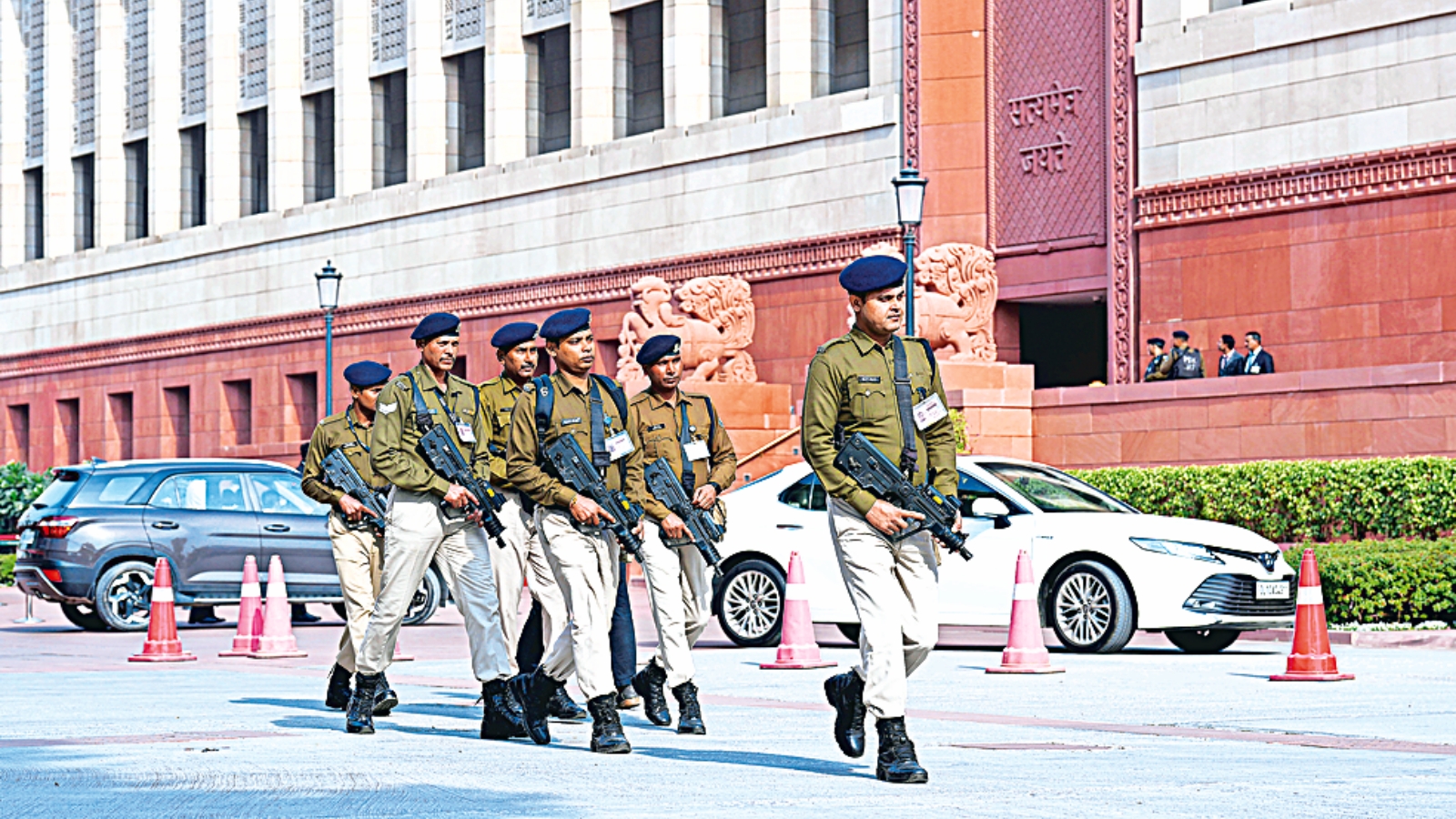As someone who has covered Parliament for almost three decades, it has dictated the way I start my days when House Sessions are on. For much of my career, I have looked forward to the routine: morning calls, a look at the newspapers, touching up what’s cooking in my kitchen, before leaving for Parliament. However, as Winter Session begins on Monday, I no longer have the same excitement.
Parliament shaped me as a political reporter. This was where I made some of my most everlasting friendships — irrespective of party ideologies and regional biases — and earned the confidence of my sources.
The old building, its two semi-circular chambers and their proceedings moulded me as a journalist, just like it shaped India’s political history. Over its green- and red-carpeted chambers, observing the chatter, exchange of greetings and banter between leaders cutting across languages gave crucial insight into the diversity of the country.
Then there was the unsaid — a minister or member gesturing to another, an eye contact, the nodding heads over a boring speech, an MP shifting uneasily over a rival’s comment, or another enjoying a joke from across the aisle. Even women MPs handing out ginger toffees to colleagues for throats left sore by slogan-shouting.
Many a time, it was from these small signs that one gleaned important clues about prospective changes or re-alignments. There is a perceptible difference when it comes to the new Parliament building. Unlike the old chambers, now reporters can barely see the MPs from the press galleries. In the new Lok Sabha, there are two enclosures for the press, one each behind the Treasury and Opposition Benches.
In the chambers of the old Parliament House, informal chat between the members could also be caught — again providing crucial cues to developments ahead. Now, the press can only hear what is coming through the mic, which many times are switched off at the behest of the presiding officers. There are practical difficulties as well. While the old chambers provided a direct view of an MP leaving the House, so that one could run down and catch him or her, now the entrance and exit are a maze of dim and narrow corridors.
It’s not just the press that is missing out. In the cut-throat world of politics, MPs too are more comfortable with a face they have been seeing in the press gallery of the House. I remember calling an MP for an interview during an election campaign, after some remarks of his generated a controversy. I had never interacted with him before. But when I started talking to him, he exclaimed: “Maine aap ko pehchan liya (I know who you are)!”
To my amusement, he explained that he had heard me talking in my South Indian-accented Hindi at Gate No. 4, where the reporters met the leaders as they exited the old Parliament House. “I also used to see you every day sitting in the gallery,” he said.
The old Parliament House provided other spaces for the press and members to mingle informally, be it the Central Hall where ministers, senior leaders, or new MPs rubbed shoulders with each other across party lines, or the building’s circular, open corridors. Journalists could access the library adjacent to Central Hall and have a chat with MPs who dropped in while going through newspapers and magazines from the length and breadth of the country.
most read
The new building, in contrast, is almost a collection of isolated islands. The interactions have also come down because of the multiple security rings and restrictions, including the replacement of the honed Parliament Watch and Ward staff with CISF personnel who are still to settle into handling the pressure of hundreds of MPs, journalists and visitors coming to Parliament every day during the Session. At least half-a-dozen security personnel are now present in the press gallery too, keeping a disconcerting watch.
The good part is that, barring a few exceptions, most leaders implicitly trust journalists covering Parliament, knowing that they are seniors in their profession who have gone through rigorous checks before getting a Parliament pass. The offices of the Lok Sabha Speaker and Press and Public Relations Wing remain receptive to any complaints, while the security staff are known to turn a blind eye to minor infringements in the course of doing the job.
Of course, the difficulty in conceiving change is the difficulty in accepting it. So, come Monday, I will walk into Parliament House looking for this warm side during the cold days of the Winter Session.


